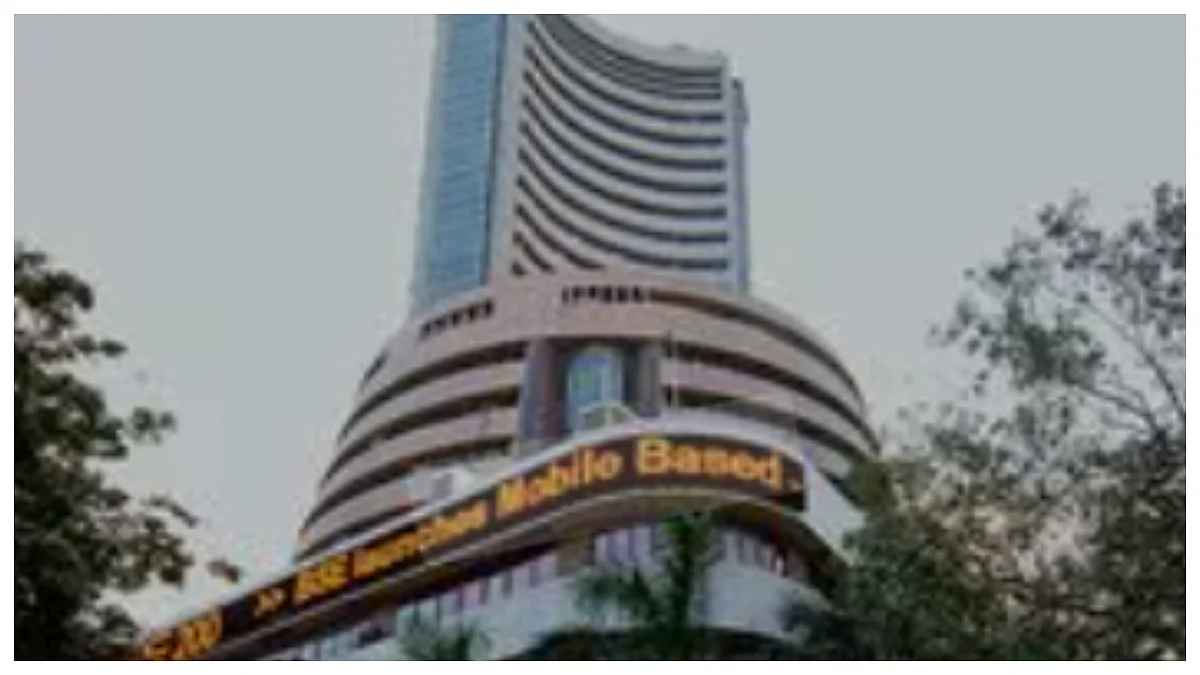By Bhavik Thakkar, CEO, Abans Investment Managers
Stock market regulator SEBI’s study in January 2023 reveal that 89% of retail traders in equity index/stock derivatives (Futures & Options) lost money with average loss of Rs. 1.1 lakh and only 11% traders made average profit of Rs. 1.5 lakh. If you look at these data in context that SEBI has introduced tighter margin norms (more capital required for same trade) over last few years but despite of that number of retail traders have gone up from 7 lakh in FY19 to 45 lakh in FY22 and the traded volume has witnessed more than 10x jump.
We witnessed dramatic surge in number of trading and demat accounts in India during the pandemic years with mostly millennials entering the stock market. We also witnessed lot of social media advertising about AI based/Smart trading tools and lot of people joining virtual/physical training sessions to master the art of trading in derivatives. All these efforts certainly boost hope for classical stock market belief “this time it’s different” but when we see results of these efforts (as shown in SEBI’s study), it strengthens another classical stock market belief “history repeats itself”.
One argument could be that since derivatives are hedging tool, one should not look at their impact on portfolios in isolation. When they are combined with long-only portfolio, both put together would have helped investors protect portfolio value. But if you look at last 18 months’ Nifty 50 index return, it’s been flat to negative and Nifty 50 index covers around 62% of free float market capitalization. This means, retail investors did not make money in cash market (long position through stocks or MF) and they did not make money in derivatives also.
Contrary to above, Market Linked Debentures (MLD), Equity Arbitrage Mutual Funds and Hedge Funds (Long-Short Funds) in India have generated anywhere between 5-15% p.a. returns in last 18 months. All these 3 categories use derivatives for fund management. What is it that these fund management category doing differently which is being missed by retail investors?
Equity Arbitrage Mutual Funds and Hedge Funds: Both these funds buy stock/index and sell futures contract (if it is trading at premium) to generate near risk free return through arbitrage transactions. There are many other strategies also adopted by these funds involving derivatives depending upon their view/objective. Suppose Nifty 50 index on 1st March is trading at 17000 and Nifty 50 Index Futures contract (expiring at monthend) is trading at say 17100. The 100 point difference (around 0.50% return post trading costs) can be achieved by buying Nifty ETF or Nifty Stocks and selling Nifty Futures contract given that value of Nifty 50 Index and Nifty Futures contract will be same on derivatives expiry day. Here, the fund manager is using derivatives to hedge the portfolio and not for speculation.
Nifty Participation Market Linked Debenture (MLD): When an investor invests in Nifty participation MLD, he receives the debenture in demat account and providing returns as per terms of debentures is responsibility at the issuing company level. So let us understand how the fund manager of MLD issuing company generates the returns promised to investors. Say the 2 year MLD product provides capital protection if Nifty 50 index was to generate zero or negative returns and on the positive returns side, provide 1.5x (150% participation) upto 20% growth in Nifty 50 index. This means that if Nifty 50 index was to generate negative return, the investor does not suffer any loss and on the upside, if Nifty 50 index generates upto 20% return, investor gets 1.5x of whatever Nifty 50 index delivers (even after paying tax as per slab rate also, it makes much better post tax return rather than index’s post 10% LTCG tax returns). In order to fulfil this, the fund managers allocates Rs. 80-84 (out of Rs. 100 invested) for lending at 10-12% to ensure that with interest, the combined value reaches Rs. 100 giving capital protection to investors. Remaining Rs. 16-20 is used to build derivatives position in such a way that if Nifty 50 index returns were to be negative, only the premium amount is lost and on the upside the derivatives position will ensure 1.5x of Nifty 50 index returns. So, the fund manager is not speculating using derivatives instrument but “hedging” the portfolio in a scientific way to achieve desired outcome. MLD is a “predicable passive” investment instrument because when an investor invests in MLD, he gets a scenario analysis table showcasing what will be MLD return for a given level of return generated by the underlying index.
While one of the motivation for retail investors to trade in derivatives is the inherent leverage it provides (trade for Rs. 100 worth position by deploying only Rs.20 as futures contract margin). Options contract require only premium amount to be paid but this would certainly yield desired results when used as “hedging” tool as is being done by fund managers who act basis the “mandate/design of product”. So enhance your knowledge by attending that session on derivatives but use it for protection and not speculation.










